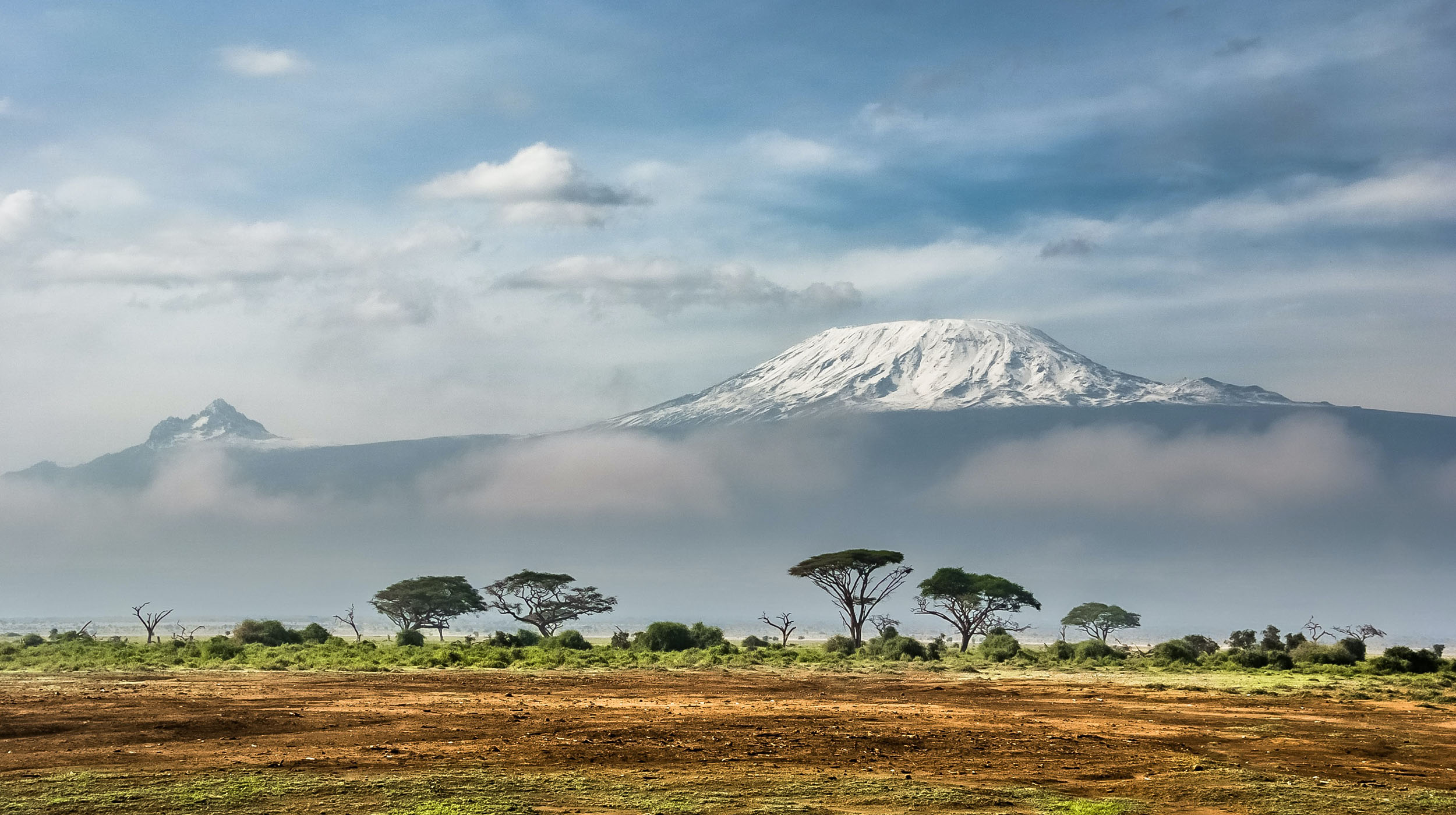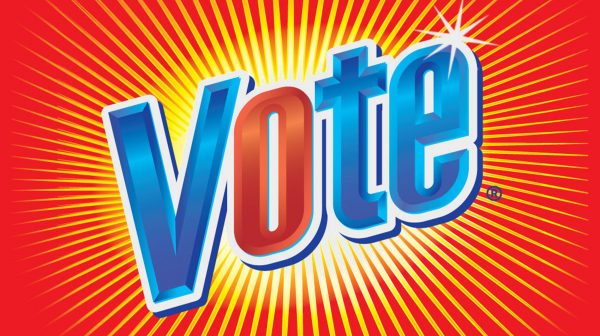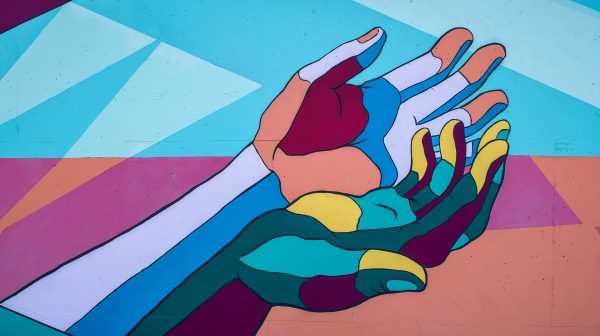Zoom—both the company and the verb—has been around for nearly a decade. And, like most agencies, Carpenter Group was using Zoom long before it became the default means of conferencing with clients and colleagues. But in pre-pandemic times, we Zoomed mostly without video. Audio-only worked just fine.
Of course, that was then and this is a very different now. In the agency world, where pretty much everyone is working from home, Zoom calls are always with video. It doesn’t matter what you’re wearing from the waist down—cargo shorts, workout sweats, pajama bottoms, no shoes. It’s north of your personal equator where you have to look presentable.
You can’t wing it. Along with your attire, you need to get the technicals correct—computer height, focal points, lighting, bounce. Give them short shrift and you’ll wind up looking washed out, hidden in shadows or otherwise—well, not your best.
But that’s not exactly what this post is about.
What our colleagues and clients see behind us sends all sorts of messages about us, no matter how spiffy we look. The fact is, your Zoom background matters, more than you might think. RoomRater, a Twitter site, ranks the décor of celebrity homes as they appear on TV on a one-to-10 scale. Jane Fonda and the Obamas get high marks. Cory Booker (“looks like a hostage video”) and Starbucks CEO Howard Schultz (“Ikea-ish”) not so much.
While we may not make the RoomRater list at all, what our Zoom circle sees and thinks counts.
In those first weird WFH days back in March and April, we tended to leave angle and lighting to chance, but happily played around with the scenic backdrops that came packaged with the Zoom program. It was fun—especially when it briefly confused our colleagues. “Whoa—are you calling from Kilimanjaro?” “Is that the Golden Gate behind you? I thought you were in Queens!” “Are those gazelles?”
Today, you can download backdrops from a zillion different sites, with choices ranging from American Horror Story scenes to Lichtenstein-ish comic panels, to eye-popping abstracts. You can even insert avatars of yourself or your colleagues or last year’s vacation photos in the picture. At this point, however, messing around with fake scenery seems so…old.
But getting the scenery right is important. Notice that the pundits, policy wonks, journalists and healthcare professionals you see interviewed on CNN split screens never appear in make-believe settings. Typically, we see a sliver of their homes and gain a glimpse into their personality and taste. Many position themselves in front of well-stocked bookshelves, with titles they want you to see and tastefully arranged photographs and curios. (MSNBC correspondent Jason Lemire has a framed photo of Red Sox catcher Jason Varitek punching Alex Rodriguez that appears behind him, no matter where he is in his house. He lives in Brooklyn but doesn’t want you to think for one nanosecond that he doesn’t revile A-Rod and the Yankees.)
Kitchens, some looking like stage sets and others filled with collectible pottery or cookbooks, are also a popular backdrop that invite us in and get our imagination going. Before all of this, these people were simply “talking heads.” Now, we see they are human, with flaws. We can see their coffee maker.
So what do we want our fellow Zoomers to see when we’re on camera? Our bookshelves? Our workspace? The pictures on our wall? These concerns are unlike anything we’d ever dream of thinking about in our pre-COVID experience.
But attending to our workplace appearance has always been second nature. Back in the day, we gave careful thought to what we wore to work and made sure to look reasonably smart before leaving the house.
In this upside-down world, we have the freedom to worry only about the part of us that’s visible to our colleagues. But when you are no longer just a voice on the phone, your environment also becomes part of your story.




